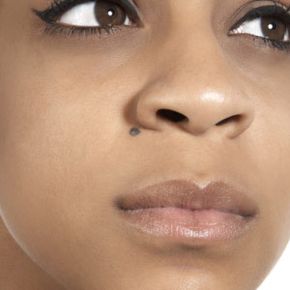Skin moles have been portrayed as ugly blemishes marring the faces of villains and witches. They've also been seen as sophisticated marks of beauty, gracing the faces of the world's most renowned celebrities and supermodels.
Moles are an incredibly common occurrence; nearly everyone has at least a few. Most prevalent in fair-skinned people, skin moles are generally harmless skin growths that result from a high concentration of natural skin pigment. In most cases, moles go through their normal life cycle without ever causing a problem -- they're merely a normal part of a person's skin.
Advertisement
While most are not, skin moles can also be an important indicator of skin cancer. It's important to learn about the different types of skin moles in order to evaluate whether one may be cancerous. Certain symptoms may indicate the development of an atypical mole, which a doctor should check. You'll learn more about the mole-cancer connection in a couple pages, but for the majority of people, skin moles are just a part of everyday life.
This article also explores the types of skin moles, their causes and possible medical and cosmetic treatments. Read on to learn more about the types of skin moles and signs for which one should watch when examining the skin.
Advertisement

